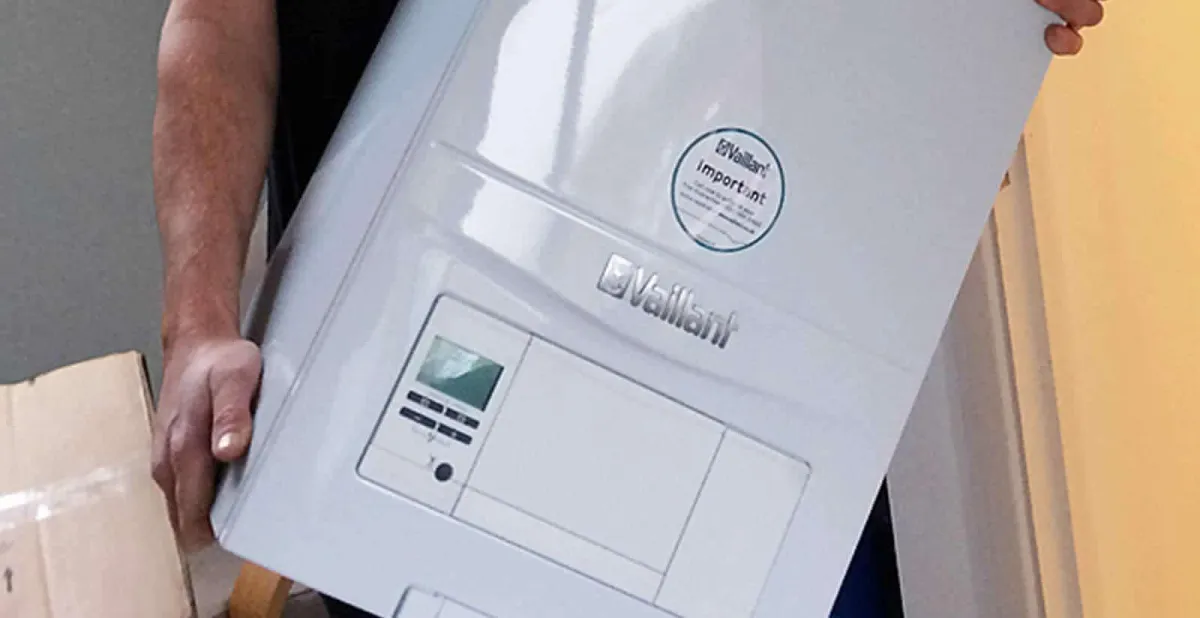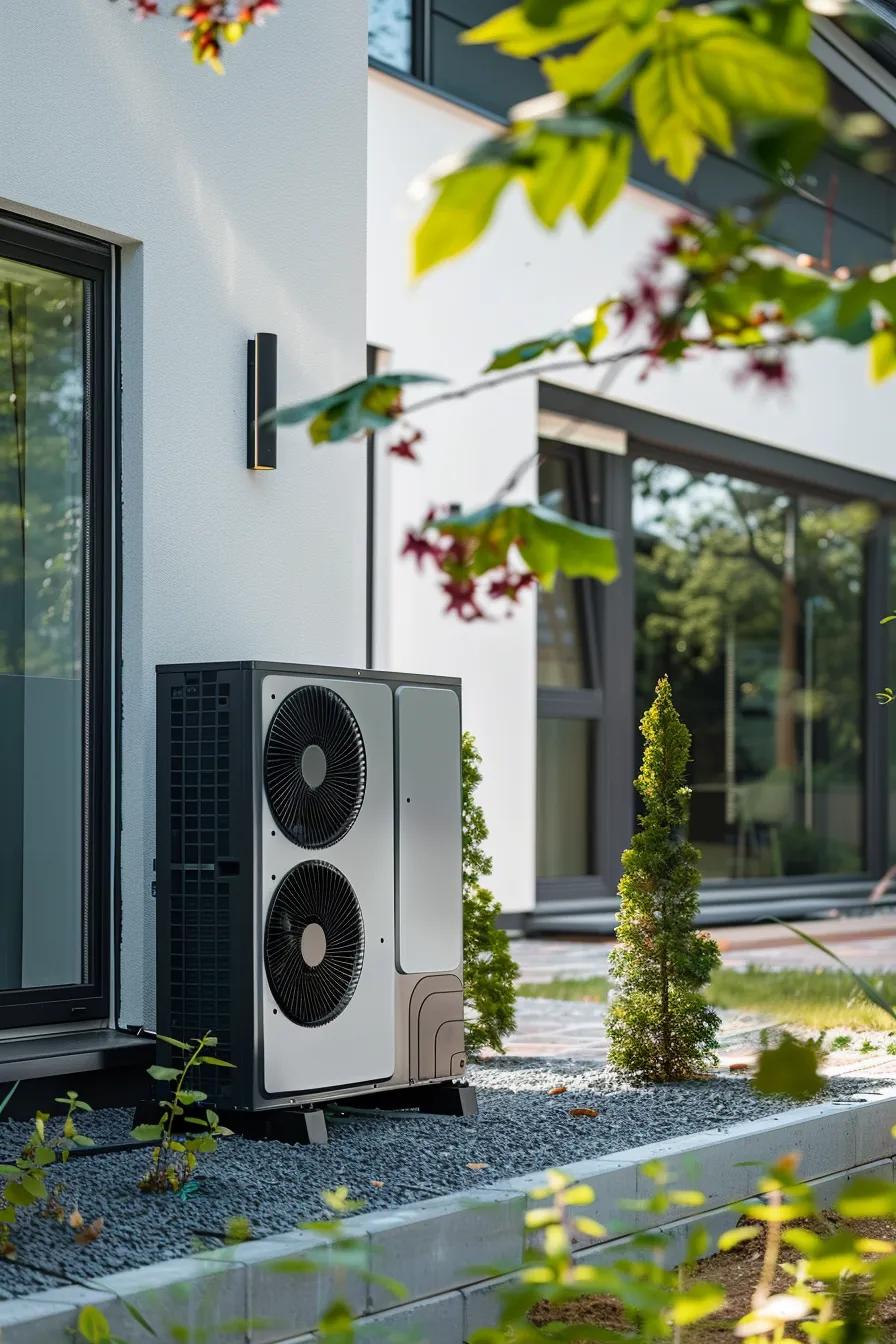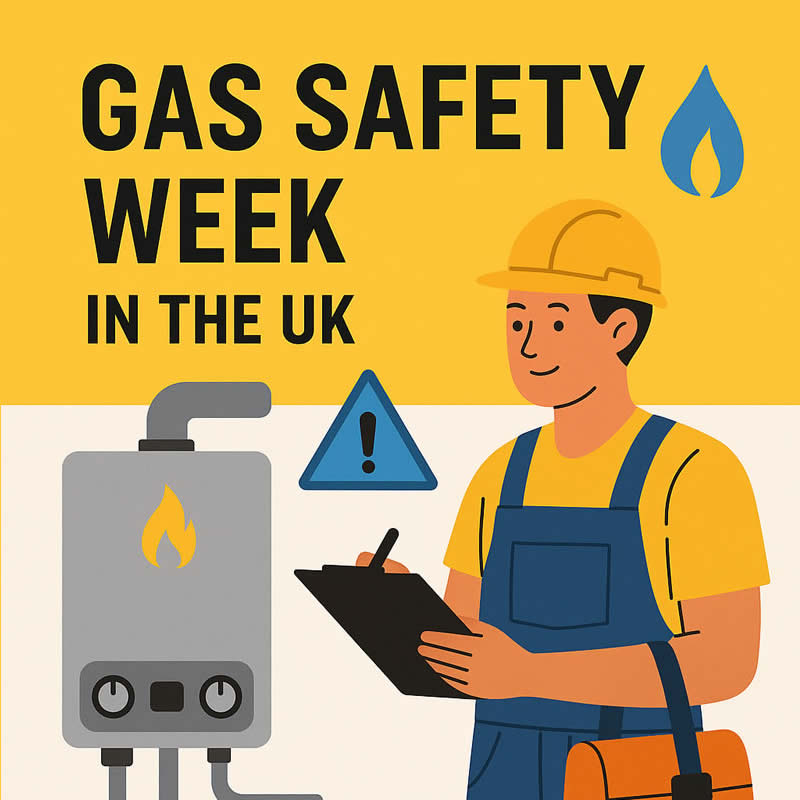Having no hot water is a pain to say the least. Having access to hot water 24/7 is often taken for granted, and it is only when we no longer have access to it that we realise how fundamental it is to living comfortably at home.
If you are experiencing a lack of hot water at home, we at Vaillant are here to help. The guide below outlines the most common reasons for a lack of hot water, as well as the next steps to take.
What causes hot water to stop working?
There are many reasons why you could be experiencing hot water problems, many of which stem from a boiler fault.
The first thing to check is whether your boiler system is working correctly. If your boiler is faulty, the display on the boiler will show a boiler error code. Each code corresponds with a different boiler fault, so it is important to check the code against your boiler manual.
The majority of boiler faults should be handled by a Gas Safe Registered (GSR) engineer.
Is it a problem with your gas, electricity or water supply?
The most obvious reason for a lack of hot water is if your power or water supply is disconnected from your boiler. Whether you have a gas or electric boiler, it is essential that the right fuel is being supplied to the system at all times, as well as water arriving from the mains or from a separate storage tank.
It is common for the connection to these sources to be switched off accidentally, or during a power outage. If you are sure that the connection to your boiler system is fine, check the supply to your other household appliances – it may be that your home is dealing with a temporary supply interruption. If the hot water issues continue, seek out help from a GSR engineer.
Power issues are common reasons behind a lack of hot water. Check your boiler display – if it is not on, it is likely that a power cut has turned your boiler settings off. You can fix this issue yourself by checking your main fuse box and turning the boiler switch on.
Is there a problem with your water pressure?
Boiler pressure is essential to a functioning boiler. The system pressure must be sufficient in order for the appliance to operate correctly. This then allows the system to heat water arriving from the mains; if the pressure drops too low or rises too high, the system will turn off automatically, stopping any hot water being sent around the home.
Check your boiler’s pressure gauge to see whether the pressure is at the recommended level. Modern boilers will also sometimes flash an error code to indicate if there is a pressure-related issue. Find out more in our guide on boiler pressure issues and how to resolve them.
Is there a problem with your pilot light?
A common reason for a gas boiler to stop heating water is if the pilot light goes out. Traditionally found on older appliances, a pilot light is a small flame used to ignite the gas burner in gas boiler systems. Some boilers allow you to see the pilot light without taking off the casing, while others indicate whether the pilot light is on on the electronic display.
If your pilot light is out, follow the instructions in your boiler manual to turn the system back on safely. If you follow the instructions and the flame still does not light, call a GSR engineer to look at the problem in more detail. It may be that an internal part needs replacing.
Most modern appliances do not feature a pilot light; instead, they use an electronic ignition system to light the gas when required. Pilot lights are traditionally found on older appliances, typically more than 20 years old.
Is there a problem with your pipes?
Faulty or leaking pipes are one of the most commonly found sources of hot water-related issues. Pipes are essential for carrying hot water throughout the home, so any issues with your network of pipes result in issues with heating your home or washing with hot water. While it can be difficult to diagnose a pipe issue, there are some common places you can diagnose this.
For instance, the condensate pipe that transports the waste water produced during a boiler’s condensing process can become frozen in cold weather as it carries the liquid outside. Upon freezing, your boiler system will automatically shut down as a safety precaution.
You will be able to see an error code on your boiler’s display panel if this is the case, and often the best solution is to pour hot water onto the external pipe to thaw it. If this does not work, call an engineer to carry out further checks for you.
Another common pipe issue is an airlock, whereby air becomes trapped in the pipes and leads to water blockages. Air can build up over time and collect in the pipes, blocking hot water from being delivered to radiators and taps. You should consult a GSR engineer to look into this issue further with you and drain the system.
Is there a problem with your diverter valve?
If you own a combi boiler and have troubleshooted the issues above with no results, it is likely that the source of the problem is the diverter valve. A diverter valve is a mechanism in a combi boiler that opens or closes to direct hot water either to radiators or taps and showers. When a radiator or hot tap is turned on, the diverter valve will prioritise hot water to the relevant place.
If you are experiencing lukewarm water from your hot taps but your radiators heat up fine, or vice versa, the diverter valve is the likely culprit. You should not attempt to fix the issue yourself, but rather enlist the help of a qualified engineer who can advise you on whether it needs to be cleaned or replaced.
Is there a problem with your boiler reset?
Sometimes a boiler needs a simple reset to begin working at full capacity again. Modern boilers are built to be very reliable, but most importantly, they are built to be safe. When a boiler detects an issue it will often shut down automatically to ensure the problem does not escalate.
In these circumstances, you will need to restart your boiler to get it working again. However, first ensure that you have resolved the issue at fault, whether it is related to water pressure or to a frozen condensate pipe.
The process of resetting a boiler varies depending on the model. The reset controls can involve dials or buttons, or a mixture of both, so make sure to look at your boiler manual and follow the instructions. The reset sequence should then begin, which can take several minutes, after which point your boiler should start heating water again.
Is there a problem with your timer?
Boiler timers dictate when water begins to be heated and sent throughout the home. Most people set timers to turn the hot water on in the early morning and in the evening. If you had set your boiler timer for particular times in the day but you no longer have hot water at times you expected, it may be that your boiler timer has changed.
You may have accidentally changed the timer settings, or perhaps a power cut has reset the boiler timer. Alternatively, your boiler clock may not have updated when the hours went forward or backwards. Carry out a quick check of your boiler timer to see if this is the source of the issue.
The above does not apply to a combination boiler as these heat up hot water on demand.
Summary of No Hot Water Causes and Troubleshooting
The most common reason for a lack of hot water is a boiler fault. If your boiler is faulty, you should call a GSR engineer to look into it for you.
Other causes include low or high water pressure, an interruption of your power supply or a piping issue. It could be an issue with your timer. Check to see if your timer is still set to the times you expect.
Need some help with your heating?
Experiencing a lack of hot water can be incredibly frustrating, especially when you rely on it for daily comfort and routines. As we’ve explored throughout this guide, the root causes can range from simple issues like power interruptions and timer misconfigurations to more complex concerns such as frozen condensate pipes, diverter valve malfunctions, or pressure problems. While some issues can be resolved with basic checks and resets, many others call for the expertise of a qualified Gas Safe Registered (GSR) engineer to ensure safety and long-term reliability.
At Neater Heat, we know just how essential hot water is to your home, and how disruptive it can be when it’s suddenly unavailable. Don’t let boiler problems interrupt your comfort. Whether you suspect a minor glitch or a more serious fault, our skilled engineers are on standby to diagnose and fix the issue fast.
Call us now on 01252 338078 or drop us an email at warmup@neaterheat.co.uk for round-the-clock support and expert repairs.
Let Neater Heat help you bring warmth—and peace of mind—back to your home.




